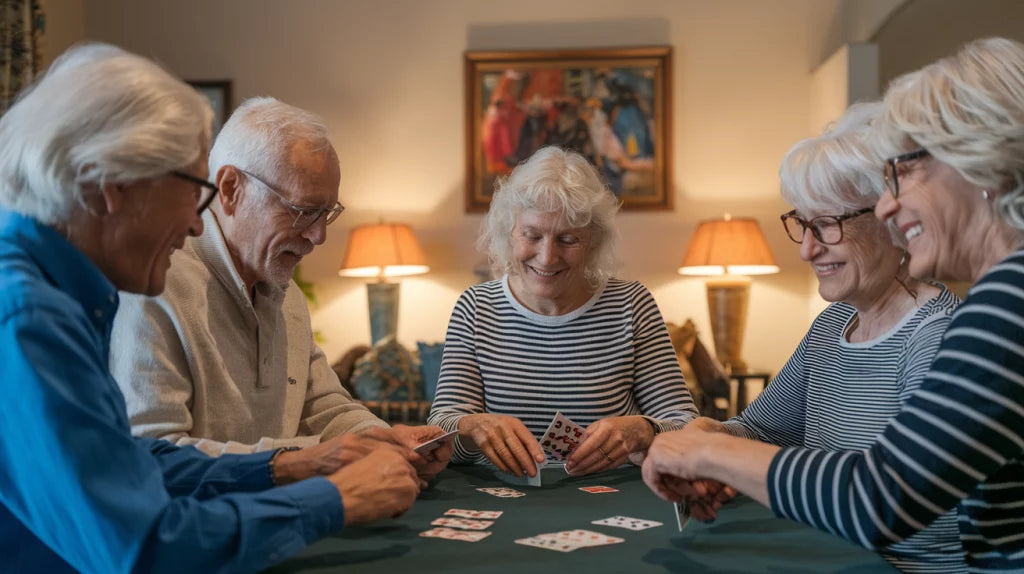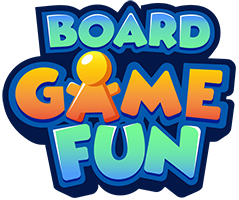How to Play Cribbage
Ever wondered how to master a card game that offers a strategic depth similar to poker, yet is simpler to learn? If you’re seeking a fast-paced blend of luck and strategy, Cribbage might be just what you’re looking for! This classic card game keeps your mind active without overwhelming you, making it perfect for both beginners and seasoned card players.
Brief Game Overview
Cribbage is a popular card game for 2–4 players (though it’s most commonly played with two). It’s relatively quick—most games last around 20–30 minutes—and uses a unique scoring board with pegs to keep track of points. By creating scoring combinations (15s, pairs, runs) and using a separate “crib” hand, you’ll race to be the first to reach 121 points.
Getting Started – What You’ll Need
Essential Materials: Here’s what you need to start playing cribbage:
- Deck of Cards – A standard 52-card deck without jokers.
- Cribbage Board – Used for scoring (alternatively, you can use paper and pencil if you’re without a board).
- Two to Four Players – Cribbage works best with two players, but three and four-player variants exist.
Budget Considerations: If you’re just starting and don’t want to invest much, many budget-friendly cribbage boards are available online. Some apps and websites even allow you to play virtually if you prefer a digital experience.
Step-by-Step Instructions on How to Play the Game
Setup
-
Determine the Dealer
- Shuffle the deck, and each player cuts for the lowest card. That player becomes the dealer for the first round.
-
Deal the Cards
- The dealer then shuffles again and deals six cards to each player.
-
Forming the Crib
- Each player chooses two cards from their hand and places them face down to form the crib (an extra hand the dealer will score later).
Gameplay Explanation
The Starter Card
- After each player discards to the crib, the non-dealer cuts the deck.
- The dealer flips the top card from the cut—this is the starter card.
- This card can grant extra points to both players if it matches certain scoring criteria.
Playing the Cards (Pegging)
- Players alternate laying down one card at a time, keeping a running total.
- Aim to make specific totals like 15 or to form pairs, runs, or to reach exactly 31 for bonus points.
- If a player cannot play without exceeding 31, they must say “Go,” and the other player continues if they can.
Counting the Hands
- After all cards are played, each player picks up their hand again (plus the starter card) to count points.
- Combinations for scoring include:
- 15s: Any cards that add up to 15 are worth 2 points.
- Pairs/Three-of-a-Kind/Four-of-a-Kind: Pairs are 2 points, and so forth.
- Runs (Sequences): Three or more consecutive ranks (suit doesn’t matter).
- Finally, the dealer counts the crib (the two discarded cards plus the starter card).
Scoring & Winning
- Players record their points after each hand.
- Keep track using cribbage pegs on the board or a simple paper tally.
- First to 121 points (or higher) wins the game outright.
- A “skunk” or “double skunk” can occur if you win by a wide margin (some house rules attach extra bragging rights to this).
Troubleshooting Common Issues
-
Common Issues
- Miscounted Points: If you realize a mistake, correct the score and continue.
- No Board? Use paper or look for a mobile app to help with scoring.
- Not Reaching 121 Points Quickly: Keep playing until someone reaches or exceeds 121.
Frequently Asked Questions
-
What’s the goal of cribbage?
Reach 121 points before your opponent by making scoring combinations during play and in your final hand. -
Can I play cribbage solo?
Traditional cribbage is for at least two, but some apps allow for a solo version. -
How long does a game take?
Usually 20–30 minutes, a perfect quick mental challenge. -
Easiest way to improve my skills?
Practice regularly, watch experienced players, and study which cards to discard into the crib.
Secrets to Win Cribbage
- Discard Wisely: Think about which cards to place in the crib—remember the dealer benefits from the crib that round.
- Count 15s: Focus on making 15 combos for quick points both during play and in your hand tally.
- Stay Flexible: Don’t just chase big runs if it disrupts potential 15s or pairs.
- Memorize Card Values: Aces count as 1, face cards as 10—knowing these quickly helps with rapid mental math.
Variations & House Rules
- Three-Player Cribbage: Each player discards one card into the crib, and gameplay continues similarly.
- Four-Player Teams: Partners sit opposite each other, and the team’s combined points race to 121.
- Skunk Variations: Some house rules award bonus points or “double skunks” for winning by 30+ points.
The Final Shuffle
Remember, cribbage is a game of patience, practice, and discovery. While it may seem complex initially, the basics are quite manageable, and the challenge is what makes it so satisfying!
Once you’ve got the basics down, consider exploring variations or looking into competitive cribbage communities. There’s always more to learn and enjoy.
Ready to get started? Share your cribbage journey with friends, or subscribe to our blog for more fun, accessible guides like this one!
If you’d rather see cribbage in action, check the quick demo video below to watch a sample round, learn the flow of play, and get a better feel for counting points.
Happy pegging, and may the best cribbage hand win!




